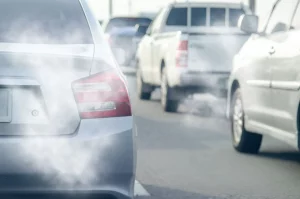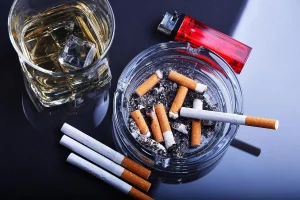 Summer’s right around the corner, and it’s getting HOT. Add in multiple trips to the beach and BBQ’s outside, and you’ve got yourself the recipe for a major sunburn. So what’s the deal with sunscreen anyways? We all know we’re supposed to wear it everyday, rain or shine, but how many of us actually do it? And what do those little SPF numbers actually mean? Let us help clear up these mysteries for you.
Summer’s right around the corner, and it’s getting HOT. Add in multiple trips to the beach and BBQ’s outside, and you’ve got yourself the recipe for a major sunburn. So what’s the deal with sunscreen anyways? We all know we’re supposed to wear it everyday, rain or shine, but how many of us actually do it? And what do those little SPF numbers actually mean? Let us help clear up these mysteries for you.
1. Who should be wearing sunscreen? We’ve all heard it before, “Oh, I never burn, I just tan.” Well, that doesn’t matter. Skin cancer can affect everyone regardless of your complexion, ethnicity, or propensity for burning, so make sure to slather on that sunscreen before spending any time in the bright outdoors. And slather it on good. Most people are not even wearing 25-50% of the recommend amount of sunscreen when they go out.
2. Is there one type of sunscreen that’s better than the other? The American Academy of Dermatology (AAD) recommends using a broad-spectrum (look for labels that say they protect against both UVA and UVB rays) sunscreen with a minimum SPF of 30.
3. What do those SPF numbers stand for? The Sun Protection Factor (SPF) posted on most sunscreen labels is actually quite misleading. One would assume they mean something like the length of time you can wear it and be protected, but they actually represent how long a person could be protected from burning over the length of time it would take that person to burn without sunscreen (i.e. SPF 15 would indicate that it would take 15 times longer to burn the person than if that person weren’t wearing any sunscreen – but how long that actually is depends on person to person based on their complexion and a multitude of other factors.) So, a higher number SPF does not mean it’ll necessarily protect you better than a lower number SPF. Confusing right?
According to the AAD, “Dermatologists recommend using a sunscreen with an SPF of at least 30 which blocks 97% of the sun’s rays. Higher number SPFs block slightly more of the sun’s rays but no sunscreen can block 100% of the sun’s rays. High-number SPFs last the same amount of time as low-number SPFs and should be applied approximately every two hours when outdoors, even on cloudy days, and after swimming or sweating.”
Just remember, sunscreen isn’t optional especially in the dead heat of summertime. Besides, don’t we all want to avoid sunspots and wrinkles when we’re older anyways?

















